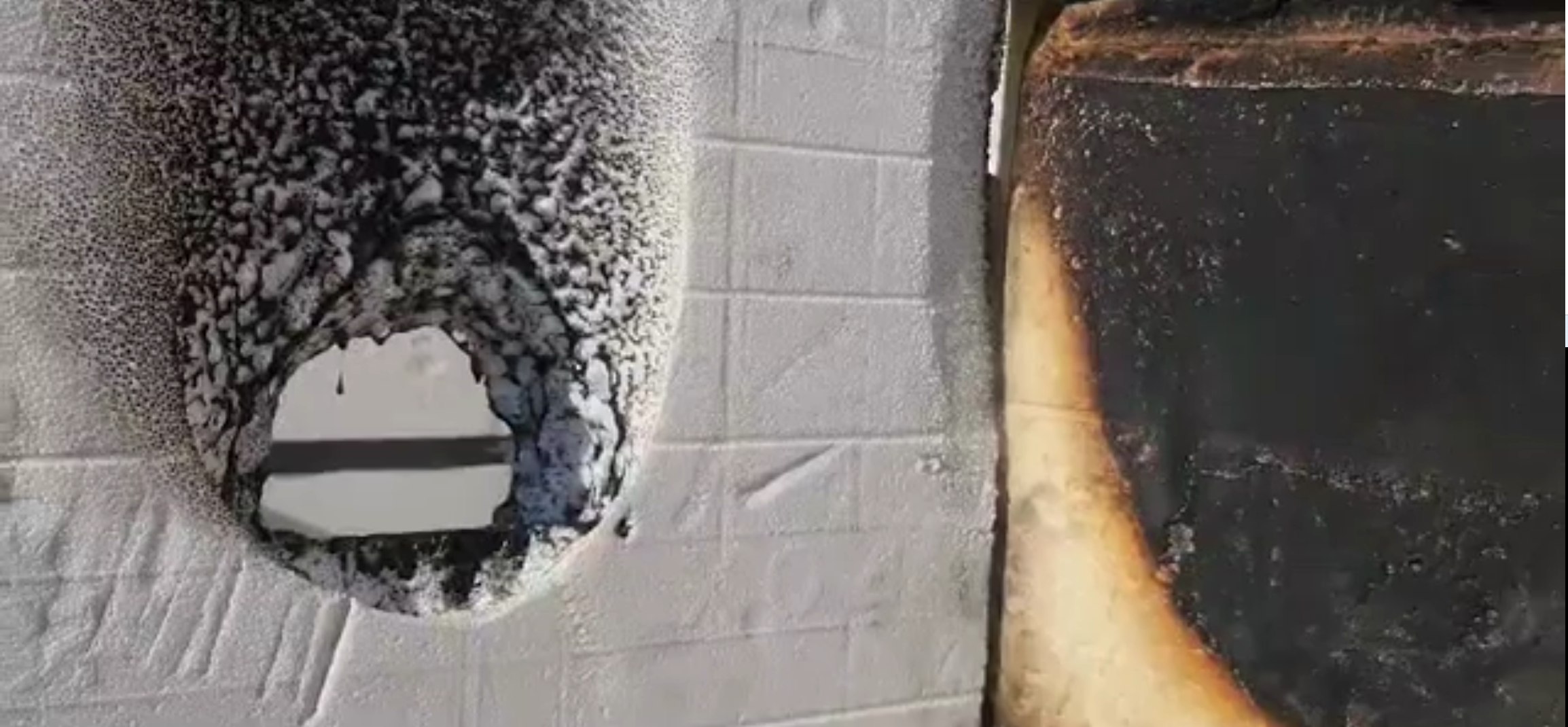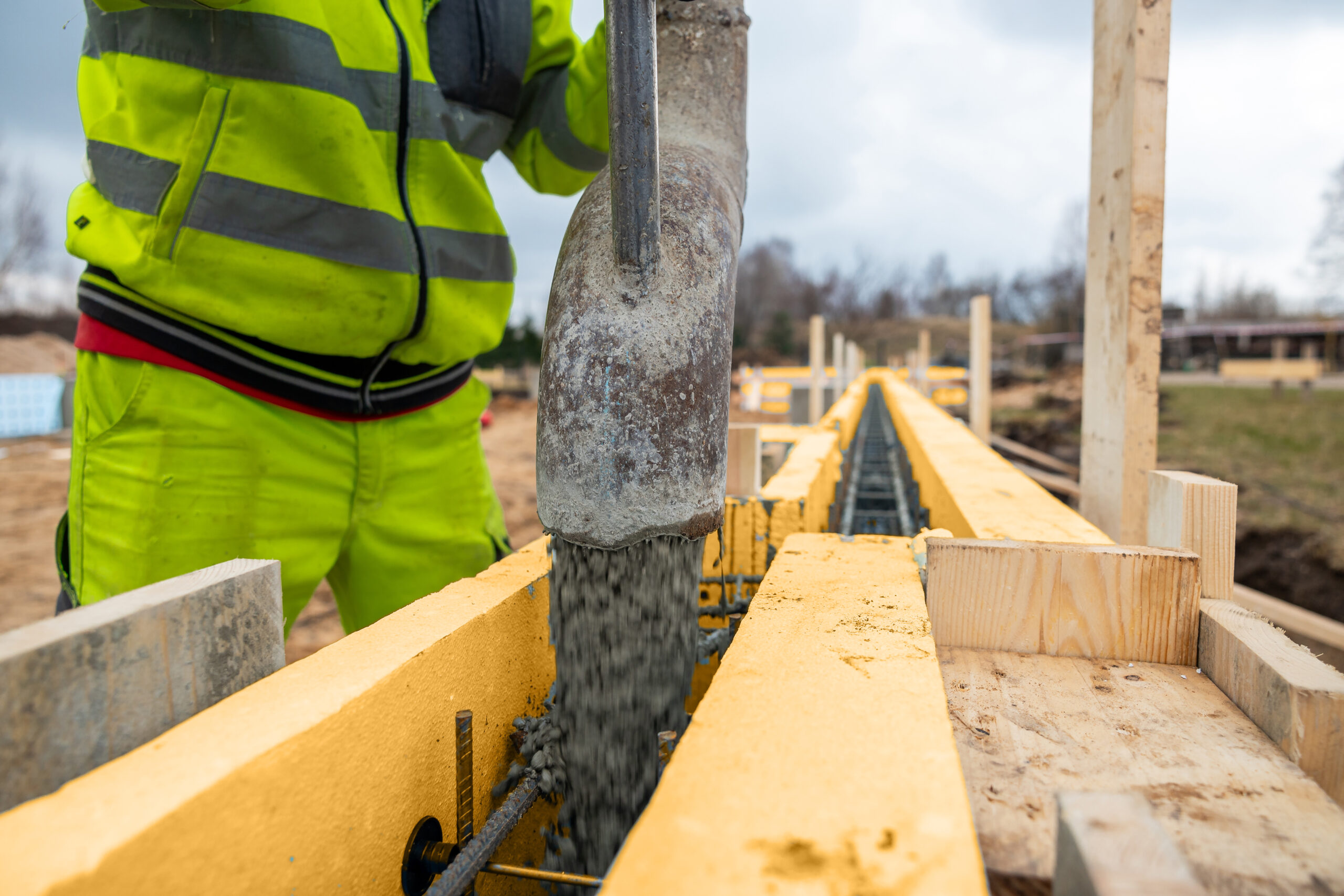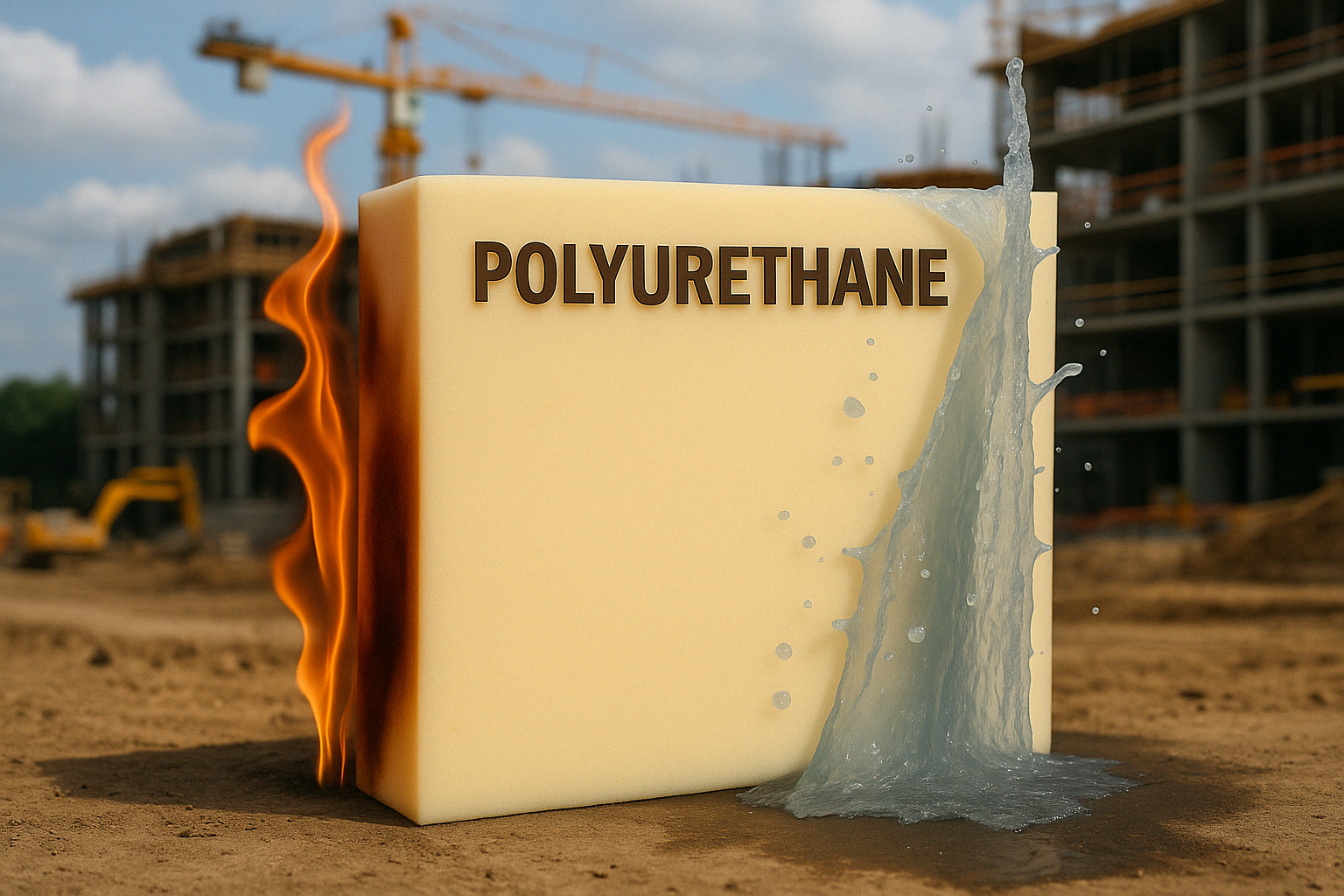When it comes to effective fire protection in buildings, the materials used in construction play a critical role. Fire-resistant walls, floors, and roofs can mean the difference between a contained incident and catastrophic loss. Among today’s most effective fire-resistant building technologies, polyurethane Insulated Concrete Forms (ICFs) stand out for their exceptional protective qualities and comprehensive approach to fire safety.
Understanding Fire-Resistant Construction Fundamentals
Creating a truly fire-resistant structure requires addressing several key elements:
- Using non-combustible materials that resist ignition
- Implementing thermal barriers that slow heat transfer
- Ensuring structural integrity during fire exposure
- Minimizing toxic smoke production that can harm occupants
Polyurethane ICF systems excel in each of these areas, providing a comprehensive approach to fire safety that goes beyond what traditional building methods offer.
The Evolution of ICF Technology: From Polystyrene to Polyurethane
Traditional ICF systems have utilized Expanded Polystyrene (EPS) as their primary insulating material for decades. While these systems offer improvements over conventional wood framing, they still present limitations when it comes to fire performance.
The introduction of polyurethane ICF addresses critical performance gaps in traditional ICF systems while enhancing overall fire protection.
Why Polystyrene Falls Short
Traditional EPS-based ICF has served the industry well but presents several challenges regarding fire safety. EPS requires additional fire-retardant treatments to meet safety standards. Under intense heat, EPS can shrink or melt, potentially compromising structural integrity. When exposed to fire, EPS can also generate significant smoke, creating additional hazards.
The Polyurethane Advantage
Polyurethane ICF, such as Monolith’s system, offers significant improvements in fire resilience. It exceeds ASTM standards with 3+ hour fire resistance and maintains its form even under direct flame exposure. Additionally, it produces significantly less smoke, and unlike EPS, polyurethane ICF doesn’t melt away when exposed to flame.
The Science Behind Polyurethane ICF Fire Resistance
Polyurethane ICF’s exceptional fire performance is the result of advanced material science and engineering.
Material Composition
The closed-cell structure of polyurethane foam creates an inherently more fire-resistant material. This is the same technology NASA has used to insulate the external fuel tanks of the Space Shuttle, proving its effectiveness in extremely demanding conditions.
Polyurethane ICF typically has a density of 1.60-1.80 lbs/cu ft, near-zero water absorption, and an R-value of 5.9 per inch (significantly higher than EPS).
Fire Performance Mechanisms
Several factors contribute to the superior fire performance of polyurethane ICF systems:
- Thermal barrier effect: The unique cell structure of polyurethane slows heat transfer through the wall assembly
- Concrete thermal mass: The concrete core absorbs and dissipates heat, preventing rapid temperature increases
- Char formation: Under extreme heat, polyurethane forms a protective char layer that further insulates against fire penetration
- Monolithic construction: The seamless nature of ICF walls eliminates gaps where fire can penetrate
Fire Testing and Certification
Polyurethane ICF systems undergo rigorous testing to verify their fire performance. ASTM E84 testing measures flame spread and smoke development. Fire resistance rating (FRR) typically achieves 3+ hours in standard testing. Full-scale burn tests demonstrate real-world performance under direct flame exposure.
In these tests, polyurethane ICF consistently outperforms traditional building materials, including EPS-based ICF systems.
The Monolith™ Polyurethane ICF System: A Case Study in Fire Resilience
Monolith’s polyurethane ICF system exemplifies the advancements in fire-resistant building technology. Their 7-in-1 building system incorporates several features that enhance fire resilience, including a Class 1/A fire-rated foam and concrete that provide 4+ hour direct flame resistance without melting. The system is 1.8x stronger than traditional EPS ICF, ensuring the structure remains intact during fire events.
This focus on protection and resilience is at the heart of polyurethane ICF innovation, making it an ideal solution for those concerned about fire safety.
Real-World Fire Performance
While laboratory testing provides valuable data, real-world performance during actual fire events offers the most compelling evidence of polyurethane ICF’s effectiveness.
East Harlem Case Study
One notable example occurred in East Harlem in 2014, where an ICF building withstood a massive natural gas explosion while adjacent buildings were leveled. Despite the extreme heat and force of the explosion, the ICF structure suffered no structural damage. This resilience demonstrates how ICF construction can protect occupants and property during catastrophic events.
Wildfire Resilience
In wildfire-prone regions, polyurethane ICF offers critical advantages:
- Unlike wood construction, polyurethane ICF walls don’t provide fuel for windborne embers
- The exterior surface reflects rather than absorbs radiant heat from approaching wildfires
- The monolithic nature of ICF walls eliminates many traditional ignition vulnerabilities
Beyond Fire: A Comprehensive Approach to Building Resilience
While fire protection is a critical benefit, polyurethane ICF systems offer a comprehensive approach to building resilience that addresses multiple hazards:
- Hurricane and tornado resistance: Withstands winds exceeding 250 mph
- Earthquake resilience: Flexible yet strong structure performs well during seismic events
- Flood resistance: near zero water absorption prevents damage from flooding
The Financial Benefits of Fire-Resistant Construction
The superior fire protection of polyurethane ICF translates into tangible financial benefits:
- Reduced insurance premiums, especially in high-risk areas
- Fire-resistant homes often command 2-5% higher resale values
- Commercial buildings experience less downtime after nearby fire events
Implementation Considerations
For those considering polyurethane ICF for its fire-resistant properties, several factors should be considered during the planning and construction phases.
Design Integration
Polyurethane ICF systems can be integrated into virtually any architectural style. They’re compatible with various exterior finishes (stucco, brick, stone, siding) and support complex designs and curved walls. The versatility allows use for foundations, walls, and even some roof structures.
Cost Considerations
While polyurethane ICF typically has a higher upfront material cost than EPS-based systems or traditional wood framing, the long-term value proposition is compelling:
- Superior durability and reduced maintenance costs
- Energy efficiency leading to lower utility costs
- Potential insurance savings due to enhanced fire protection
- Faster construction timelines reducing labor costs
Future Directions in Fire-Resistant Construction
As climate change increases the frequency and intensity of wildfires in many regions, we can expect continued innovation in fire-resistant building technologies. Polyurethane ICF represents the current state-of-the-art, but ongoing research promises even further advancements in integration with smart home fire detection systems and development of more fire-resistant exterior finishes.
Conclusion: Building Safer, More Resilient Structures
The threat of fire to buildings and their occupants is as old as construction itself, but our ability to design and build fire-resistant structures continues to advance. Polyurethane ICF offers significant improvements in fire protection, providing enhanced levels of safety against fire and other hazards.
For homeowners in wildfire-prone areas, builders focused on quality and safety, and designers working to create resilient communities, polyurethane ICF provides a proven solution that addresses multiple performance criteria simultaneously.
By incorporating this advanced building technology, we can create structures that not only withstand fire exposure but emerge largely intact, protecting what matters most—the lives and wellbeing of occupants, and the preservation of property and possessions.
As Monolith’s tagline aptly states, polyurethane ICF is about “Protecting What You Love”—an ideal that resonates with anyone concerned about building safety and resilience in an increasingly unpredictable world.



